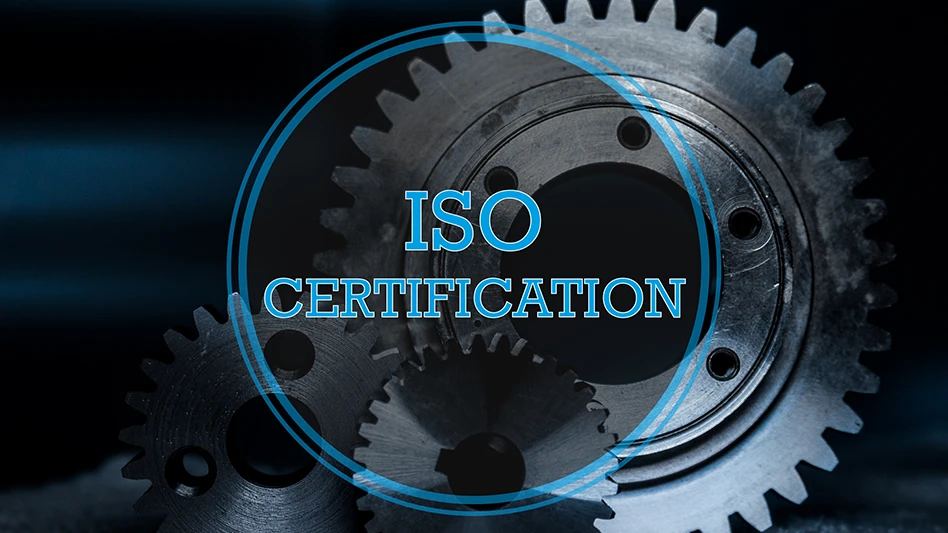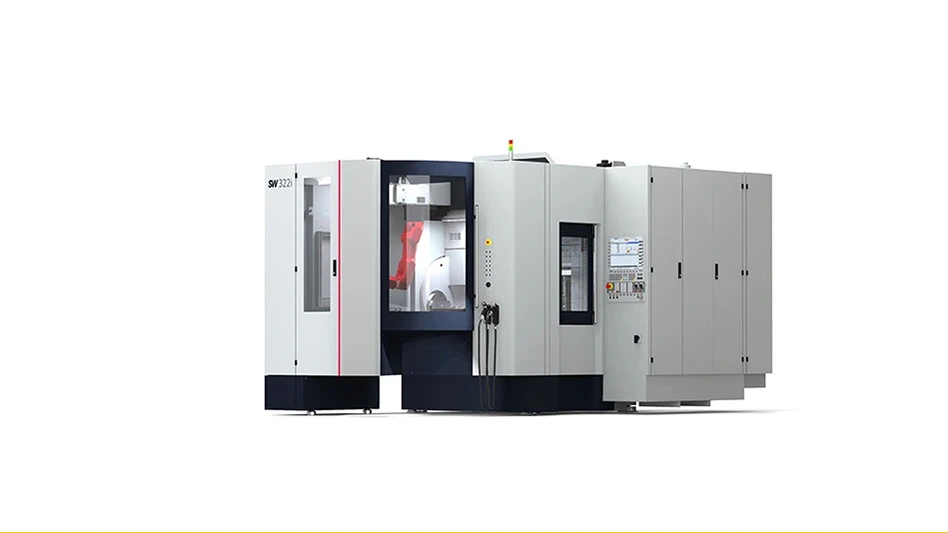 A broad range of interconnect offerings are innovative, tried, and tested, and embody designed-in features.There can be no doubt in anyone's mind that the United States has, without question, the most expensive healthcare system on the planet. Whether or not we have the best healthcare remains a matter of opinion. However, on the cost front, American healthcare dwarfs every other system in the world. This said, I believe that it is fair to say that what people across virtually all levels of society can agree on is the fact that technology companies are, today, bringing a broad array of leading-edge product solutions to the medical market place faster than ever before. The technology that is available to medical professionals today is leading the way by providing medical devices that are safe, dependable, and which transmit increased amounts of critical data in smaller form factors. These smaller and more powerful devices are playing a greater role in keeping people healthy while also making some modest progress in the effort to contain steadily rising costs.
A broad range of interconnect offerings are innovative, tried, and tested, and embody designed-in features.There can be no doubt in anyone's mind that the United States has, without question, the most expensive healthcare system on the planet. Whether or not we have the best healthcare remains a matter of opinion. However, on the cost front, American healthcare dwarfs every other system in the world. This said, I believe that it is fair to say that what people across virtually all levels of society can agree on is the fact that technology companies are, today, bringing a broad array of leading-edge product solutions to the medical market place faster than ever before. The technology that is available to medical professionals today is leading the way by providing medical devices that are safe, dependable, and which transmit increased amounts of critical data in smaller form factors. These smaller and more powerful devices are playing a greater role in keeping people healthy while also making some modest progress in the effort to contain steadily rising costs.
As for the hefty price tag associated with keeping Americans healthy, and in the wake of a bitter and titanic political battle over the Obama Administration's campaign to reform the bloated and burdensome healthcare system last year, the cost of medical care continues to soar into the stratosphere with no end in sight. A sobering proof point of this is in the fact that in 2011, estimates are that healthcare costs will surpass $1 trillion, and are growing faster than our GDP. The number of hospitals in the United States has been steadily decreasing for more than 20 years, and the shrinking availability of hospital beds has, over time, resulted in moving patients, in increasing numbers, from the hospital to their homes for treatment, freeing-up desperately needed hospital beds.
One positive bi-product that has emerged in these days of run-away healthcare costs is in the fact that, from stem to stern, the medical and medical device sectors are becoming an increasingly hot business prospect with respect to greater investments in technology. The IT community is now showing far greater interest in the medical arena, and this spells good news for everyone.
A growing trend in healthcare today is the development and deployment of smaller sophisticated medical device technology, for remote use, that has become a catalyst for taking cutting-edge medical care from the hospital and bringing it into the home environment. Such technological innovation is now making it possible for patients to take a far larger role in monitoring and managing their health from the comfort and security of their own homes.
This increasing shift of venue from the hospital to the home has served to make life a great deal more convenient and less stressful for patients. This is true across a broad sweep of the medical landscape, which includes ambulatory cardiac monitoring and pain-management, and in the final analysis, it is also making a dent, be it a small one, in reducing healthcare costs.
Of course, with each and every breakthrough that is made, a new set of challenges arises in its wake. Looking through the reality lens, medical devices that operate in today's environment are required to be more feature-rich, deliver more power, be completely dependable and durable, and they are being called upon to do it in a significantly smaller format. Be a real-word setting, one that features people, outside of the hospital environment, taking-on a greater role in maintaining their health in areas such as patient monitoring, pain management, or diabetics who must constantly test their blood sugar levels, the trend is clearly one of miniaturization and enhanced device dependability.
A critical component in today's smaller and more sophisticated medical device technology is the interconnect solutions that device manufactures are employing. Medical device manufacturers are reaching out to connector companies across the industry to work in close-concert with them in designing interconnect solutions that can be relied upon to work each and every time, and that ensure high mating cycles, signal integrity, and that can maintain the highest level of performance possible. A tall order to be sure, however, connector companies are rising to meet the challenge, and keeping pace with the new technological demands of the medical device industry.
Hypertronics Corp. works to keep pace with the host of new demands that are proliferating across the medical design community, looking to lead the way in the medical device sector. This is done with a broad range of interconnect offerings that are innovative, tried and tested, and that embody designed-in features and functionality to ensure total dependability while delivering real value to medical professionals.
In today's world, patients are increasingly looking to the medical community for the best care possible, for peace of mind, for a greater sense of independence through new home healthcare initiatives. Most importantly, people are looking for a better quality of life, and new technologies are playing a paramount role in improving the quality of healthcare.
Hypertronics Corp. Hudson, MA (now owned by Smiths Interconnect)
https://www.smithsinterconnect.com/

Explore the September 2011 Issue
Check out more from this issue and find your next story to read.
Latest from Today's Medical Developments
- Tariffs threaten small business growth, increase costs across industries
- Feed your brain on your lunch break at our upcoming Lunch + Learn!
- Robotics action plan for Europe
- Maximize your First Article Inspection efficiency and accuracy
- UPM Additive rebrands to UPM Advanced
- Master Bond’s LED415DC90Med dual-curable adhesive
- Minalex celebrates 60 years of excellence in miniature aluminum extrusions
- Tormach’s Chip Conveyor Kit for the 1500MX CNC Mill





